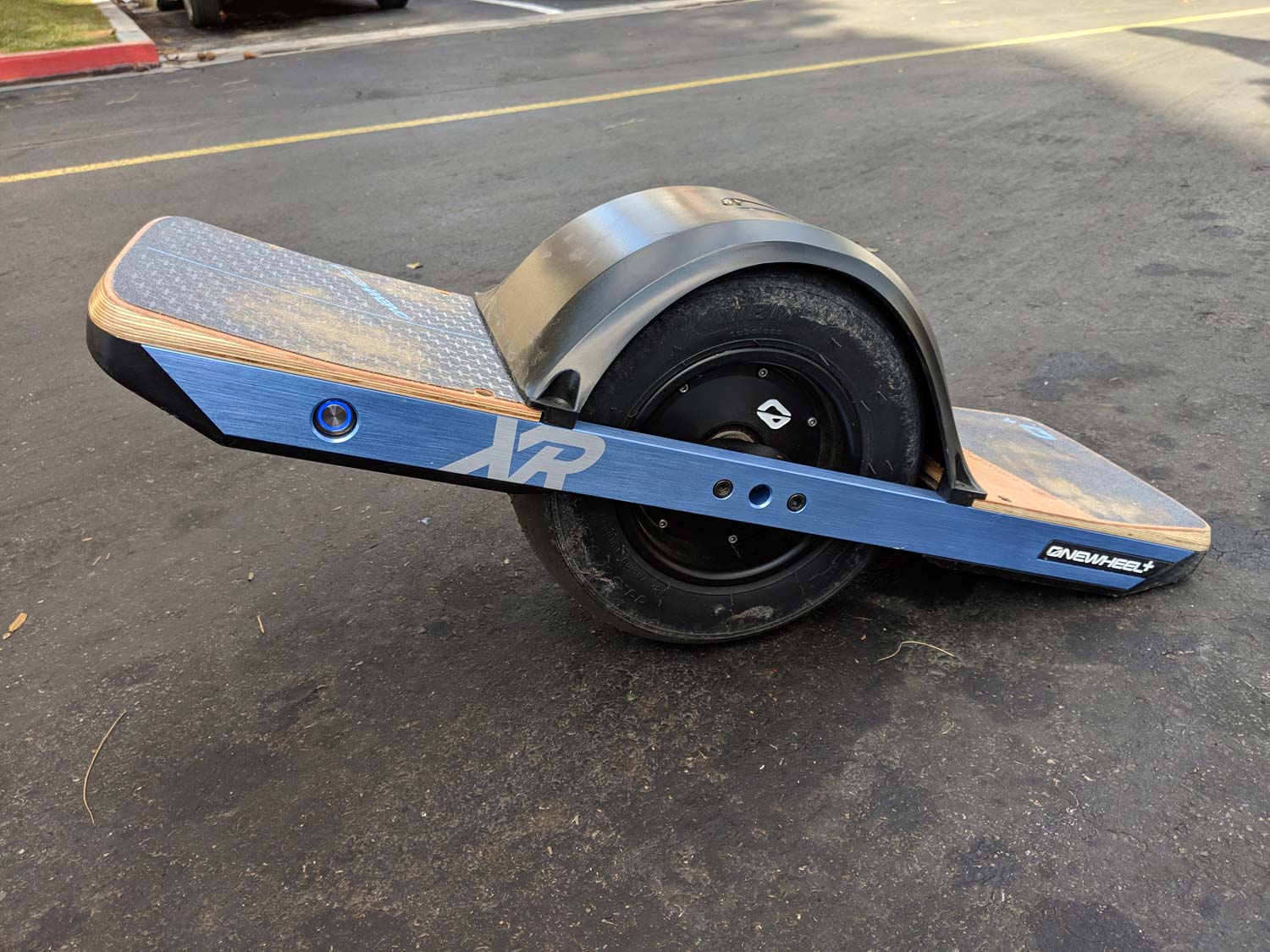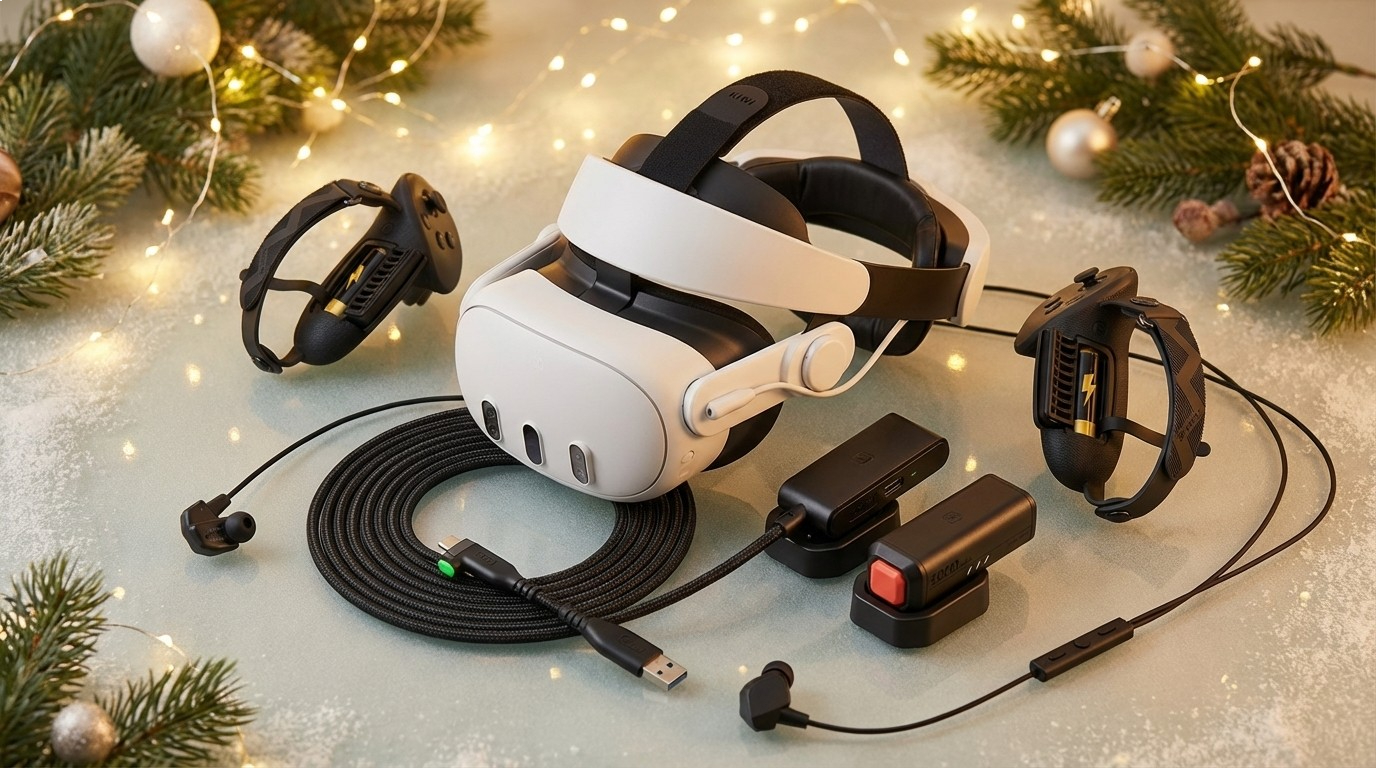I Rode a Onewheel Rideable for the First Time, and Lived to Tell the Tale
After debut at last year's CES, the Onewheel+ XR is now widely available, and we took this electric riding board for a spin.
LAS VEGAS — Wheels and I have a fractious relationship. I have never stayed upright on a skateboard, and I would only board an electric one under protest. So when I was invited to test drive a Onewheel+ XR — an electric riding platform that looks like a snowboard and a skateboard got merged together while retaining only one wheel in the process — I expected a rapid introduction to the parking lot asphalt.
But you know what? I stayed upright. More impressively, after a few initial wobbles, I actually began to feel comfortable maneuvering the Onewheel+ XR around a Las Vegas parking lot — never comfortable enough to reach the board's top speed of 19 miles per hour, nor to have product chief evangelist Jack Mudd anywhere farther than an arm's length away. But give me more than 10 minutes riding the Onewheel+ XR, and I think I could get pretty comfortable with this $1,799 ride.
MORE: CES Day 1 Recap: All the Best New Tech
The Onewheel+ XR is back at CES this year, after maker Future Motion used 2018's show to unveil the third generation of its product. But with the electric board going on sale a few months ago, this time around feels more like a coming out party for the XR.
Ride for longer
As the abbreviation at the end of the board's name would imply, the Onewheel+ XR's selling point is its extended range. It can go 15 to 18 miles on a single charge. A cheaper version, the $1,499 Onewheel+, lists a 5 to 7 mile range. That extra distance explains why customers tend to favor the XR version of the board, Mudd told me, even though it's a pricier.

"It makes a big difference, not constantly living charge to charge," he said. When it's time to charge the Onewheel+ XR, expect it to charge in 20 minutes.
Get instant access to breaking news, the hottest reviews, great deals and helpful tips.
The longer range means a bigger battery powering the Onewheel+ XR. And while the riding board features the same HyperCore Motor found on previous models, the axle box is larger — three times larger, Mudd said — since it acts as a heat sink for the gadget. The XR delivers 10 percent more power over the previous generation, and the footpads on the board have been tweaked, too.
Despite those changes, Mudd said, "the hardware looks pretty much the same. But ride [the Onewheel+ XR], and it's an entirely different world. And that's entirely because of the firmware."
That firmware, code-named Gemini and launched in November, added a feature called Custom Shaping, which programs the OneWheel to react differently in different situations. You can alter the sensitivity of the board when turning, change how it reacts to your movements, or adjust the baseline tilt angle of the board. You can even set things up so that the Onewheel+ XR is more responsive to a nervous tech writer about to step on a riding board for the first time and wondering what he's gotten himself into.
Riding the Onewheel+ XR
The toughest part of my Onewheel+ XR ride was getting on and off the board. The onboard sensors determine you're ready to take off when both the heel and toe of your back foot is aligned on both sides of the board, so to get situated, you've got to stand heel down with your foot raised. It feels awkward at first, but it's the only really unnatural thing about riding the Onewheel.

I felt a little unsteady at first, but that was because I kept trying to bend my knees, like I imagine Keanu Reeves would while catching a wave in point blank. Turns out that's the wrong approach — standing on the Onewheel XR+ with straightened legs produced the smoothest ride. And it helped to take a few deep breaths and gaze far ahead rather than just a few feet in front of me — that made the board feel a lot more responsive.
Riding the Onewheel+ XR is a hands-free experience. Instead, you're controlling the board with the direction of your head and the movements of your body. Turns took a little getting used to, but I found leaning in to the turn did the trick once I had built up enough momentum. Reversing direction was simply a matter of turning my head to look backward — the XR dutifully responded.
Onewheel's appeal as a way to navigate your way around a city or to handle a short commute to work is pretty clear. But the board can go a lot of places and terrains other electric rideables can't, thanks to that wide wheel. Before our demo, Mudd and others had taken a helicopter out to the mountains just west of Las Vegas for a little downhill off-roading. I'll stick to parking lots for now, thanks.
"It's a unique experience," Mudd said of the Onewheel board. "And we're the only guys who've got it."
Philip Michaels is a Managing Editor at Tom's Guide. He's been covering personal technology since 1999 and was in the building when Steve Jobs showed off the iPhone for the first time. He's been evaluating smartphones since that first iPhone debuted in 2007, and he's been following phone carriers and smartphone plans since 2015. He has strong opinions about Apple, the Oakland Athletics, old movies and proper butchery techniques. Follow him at @PhilipMichaels.
-
danshallstallion8 Thanks for the write up, but where is the One Wheel booth? Cannot find it on CES website or in this article.Reply

